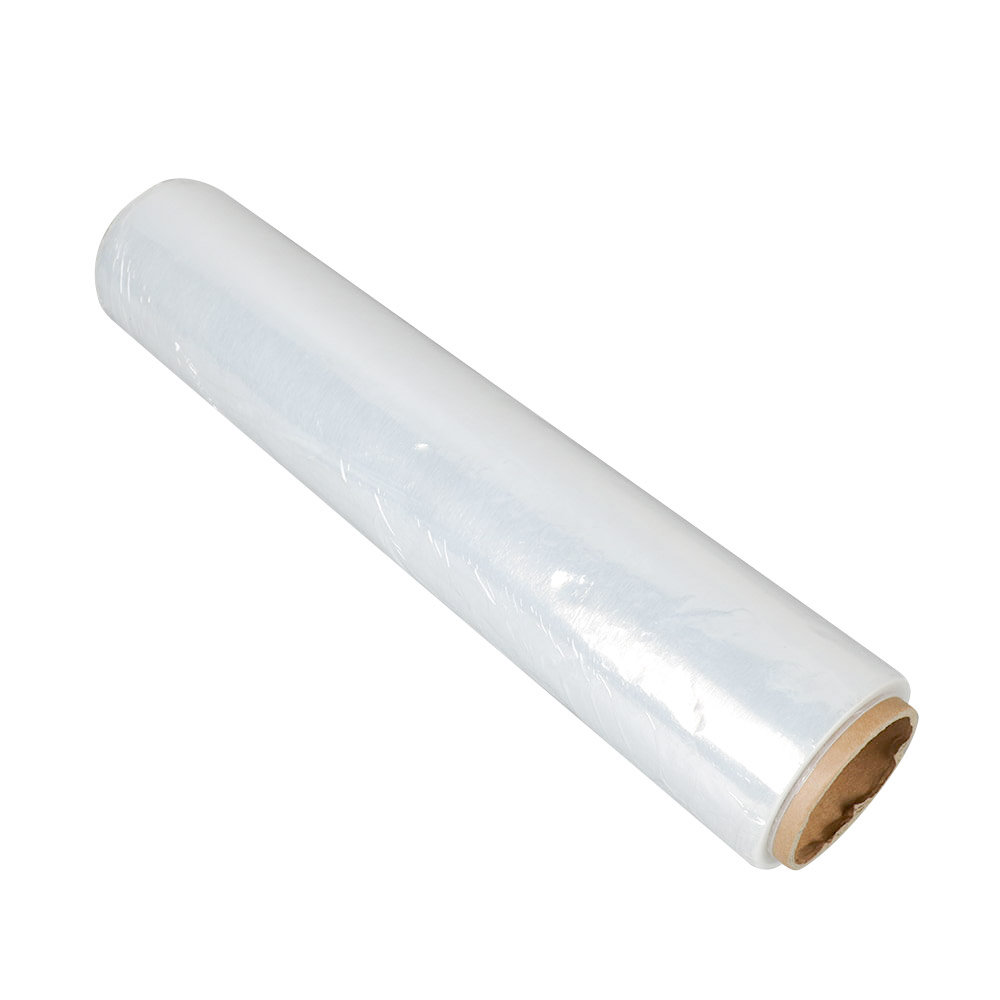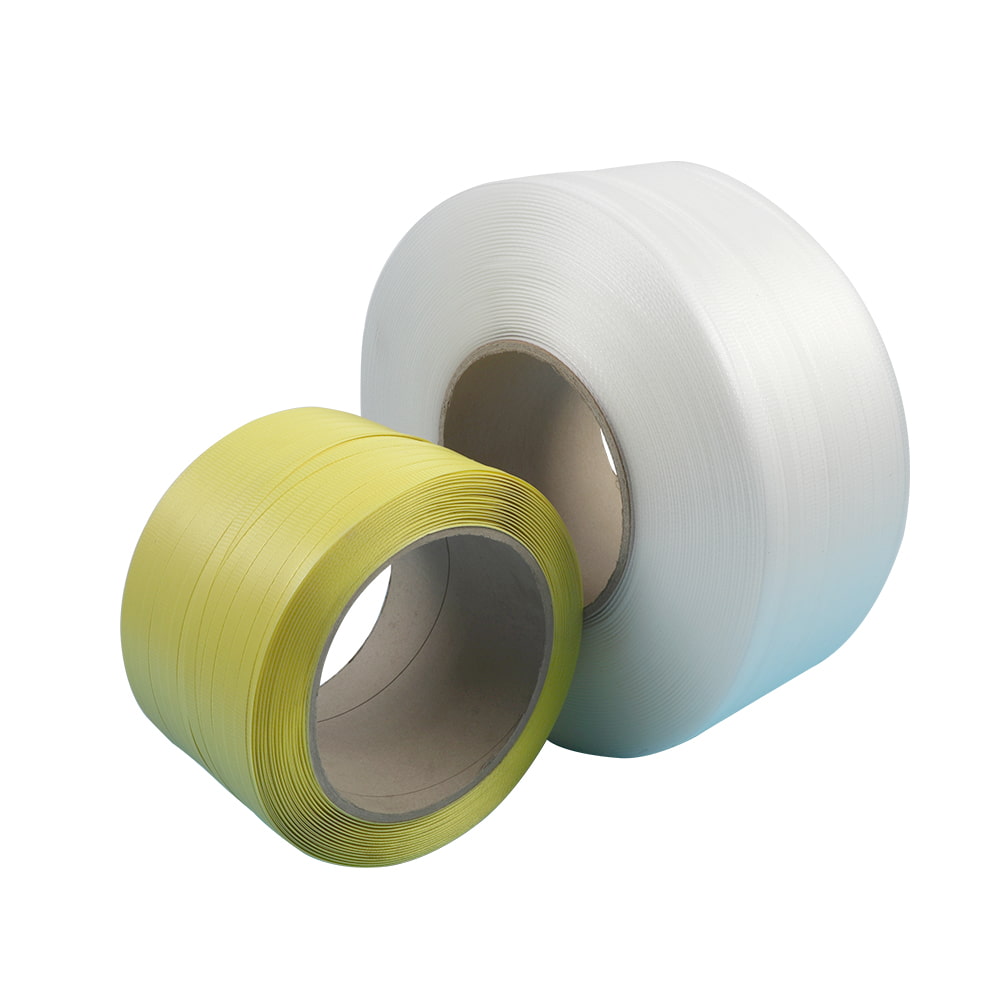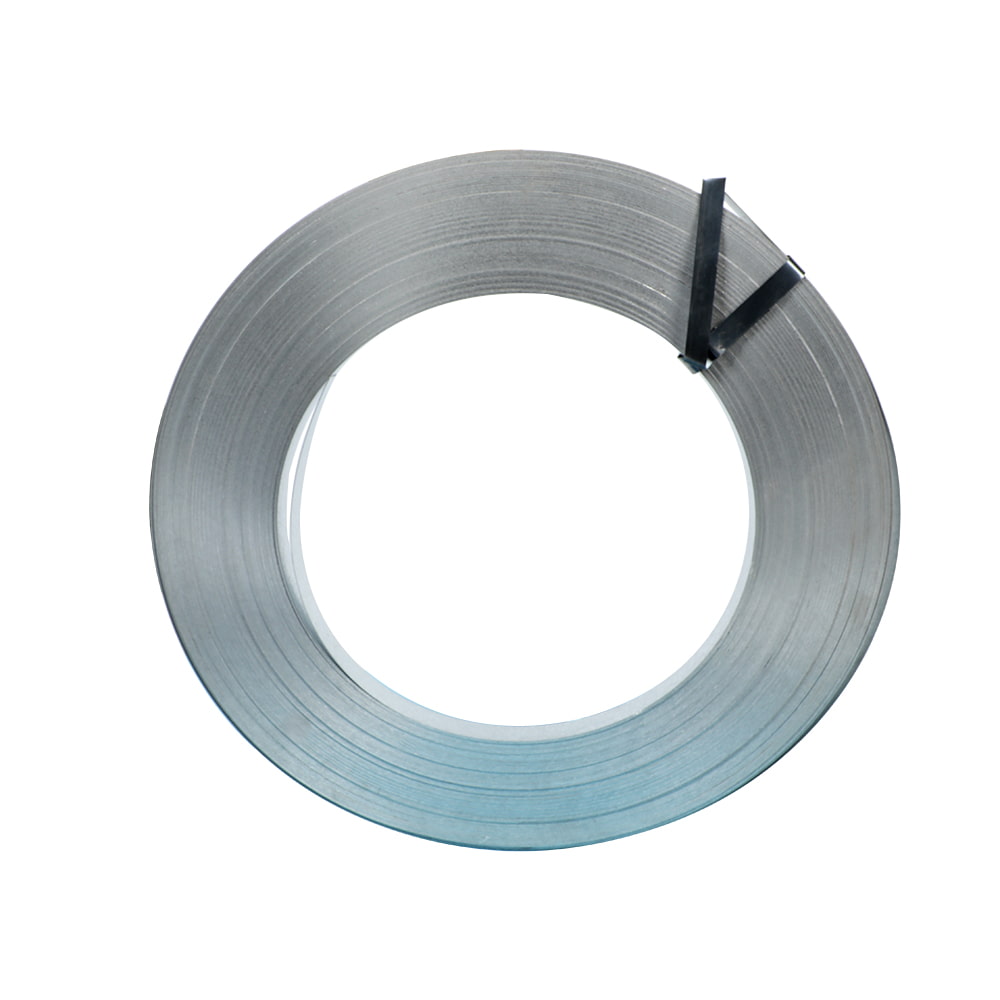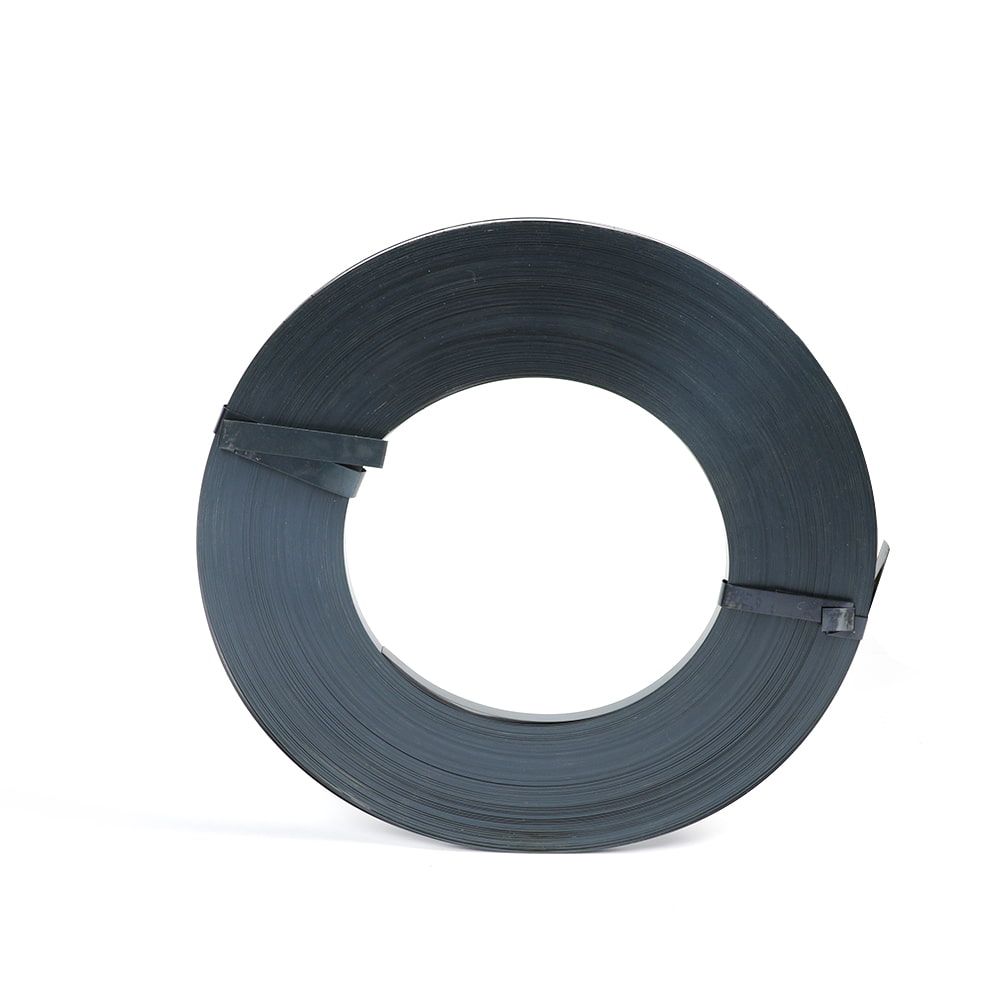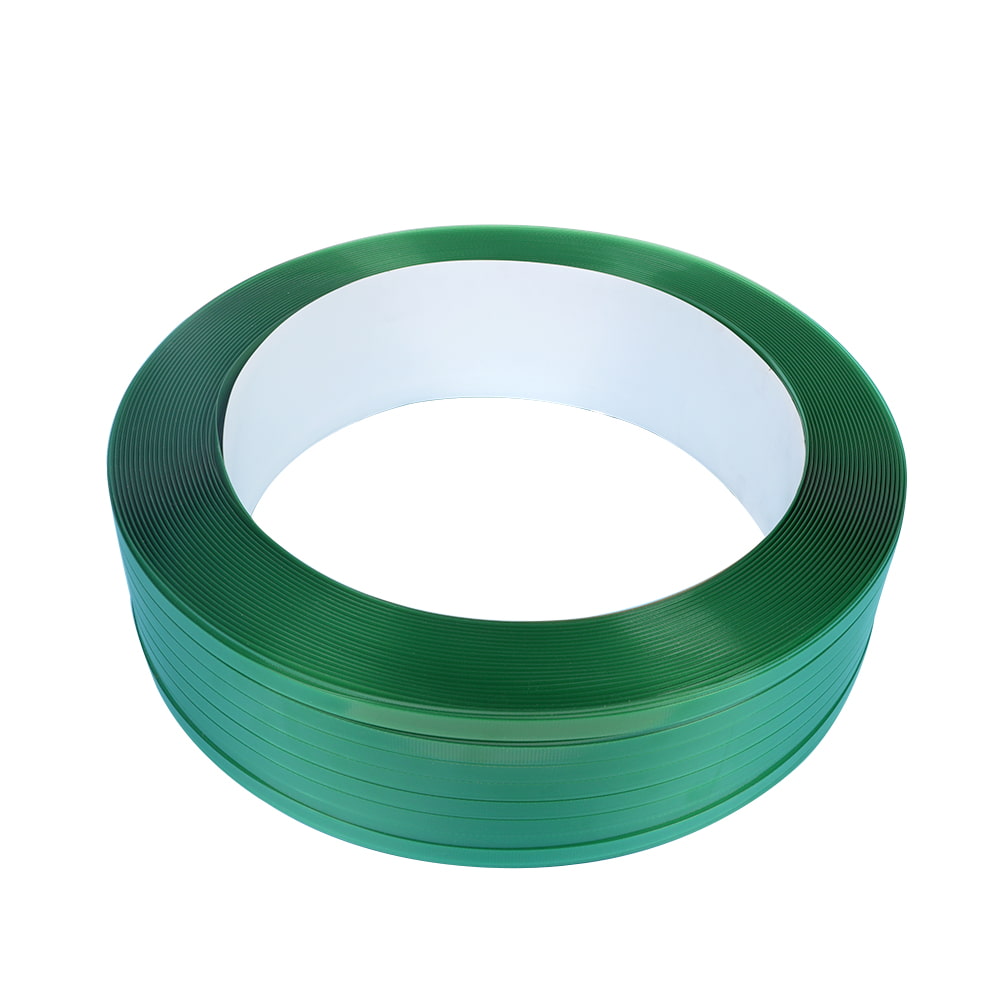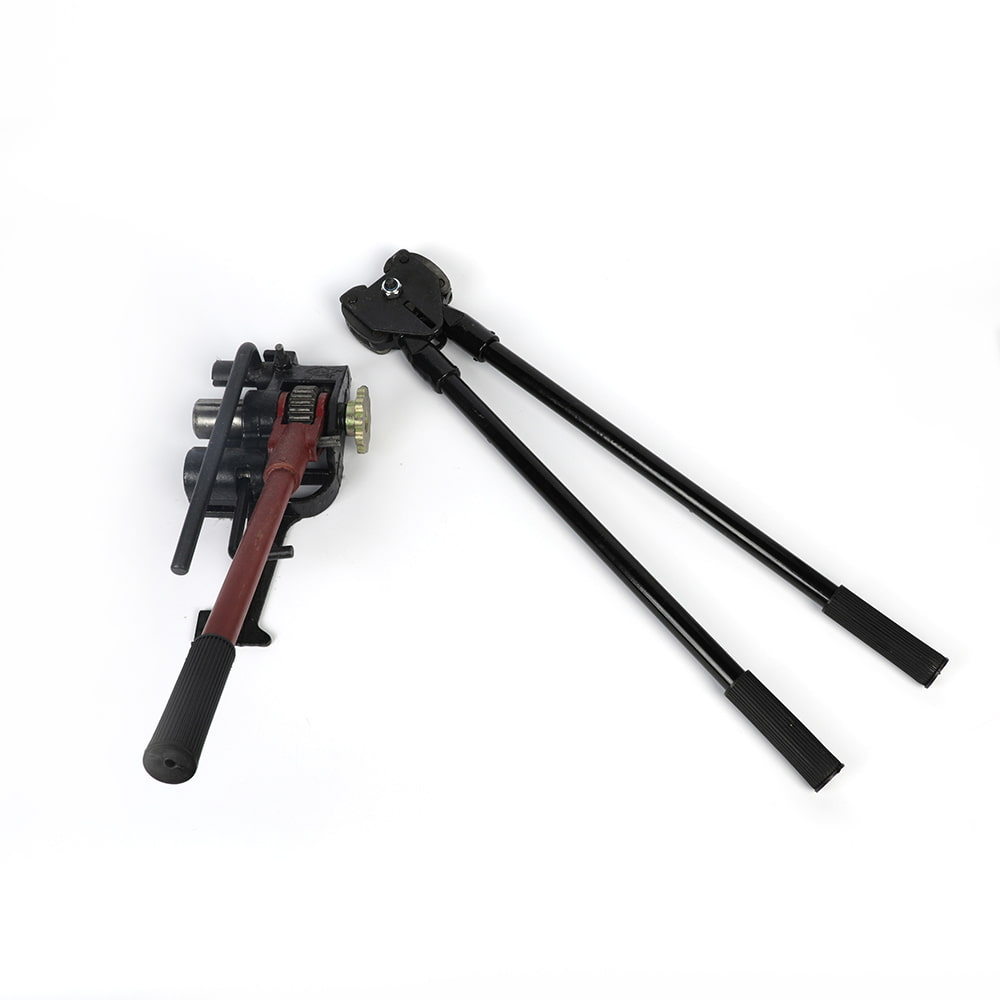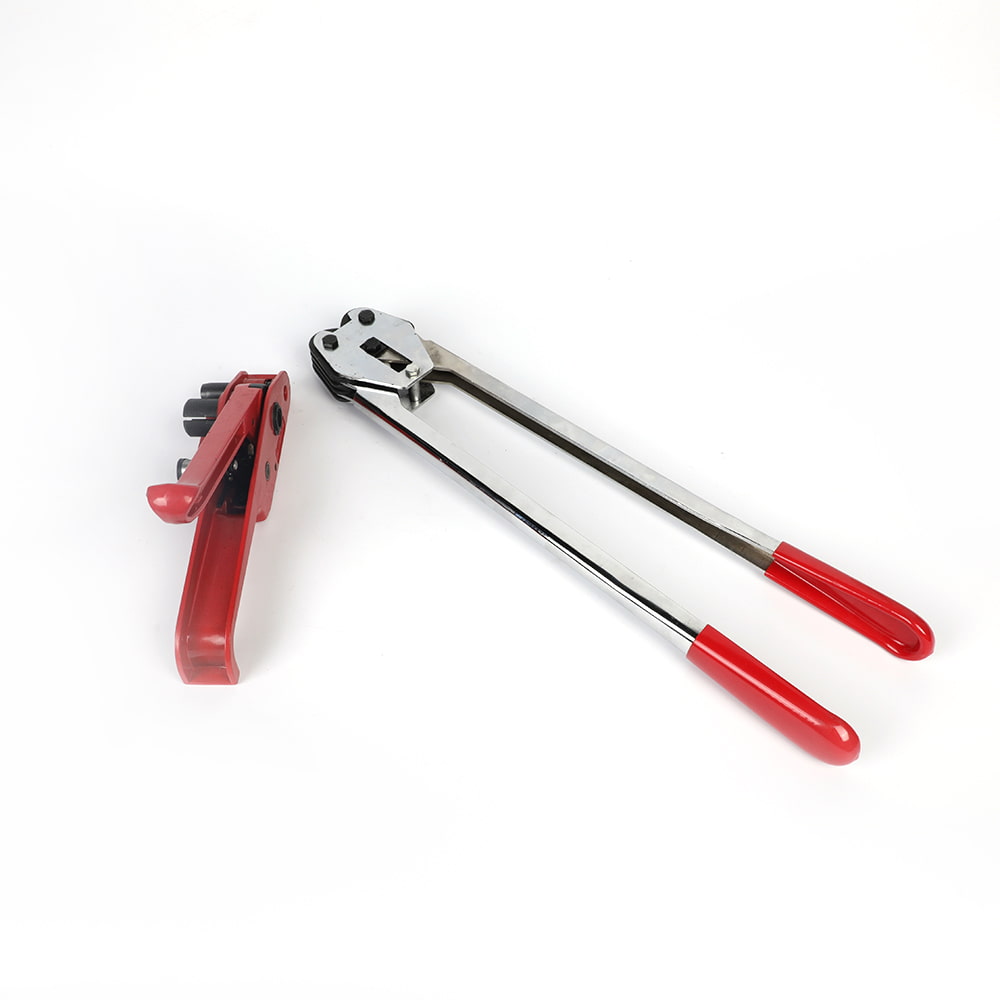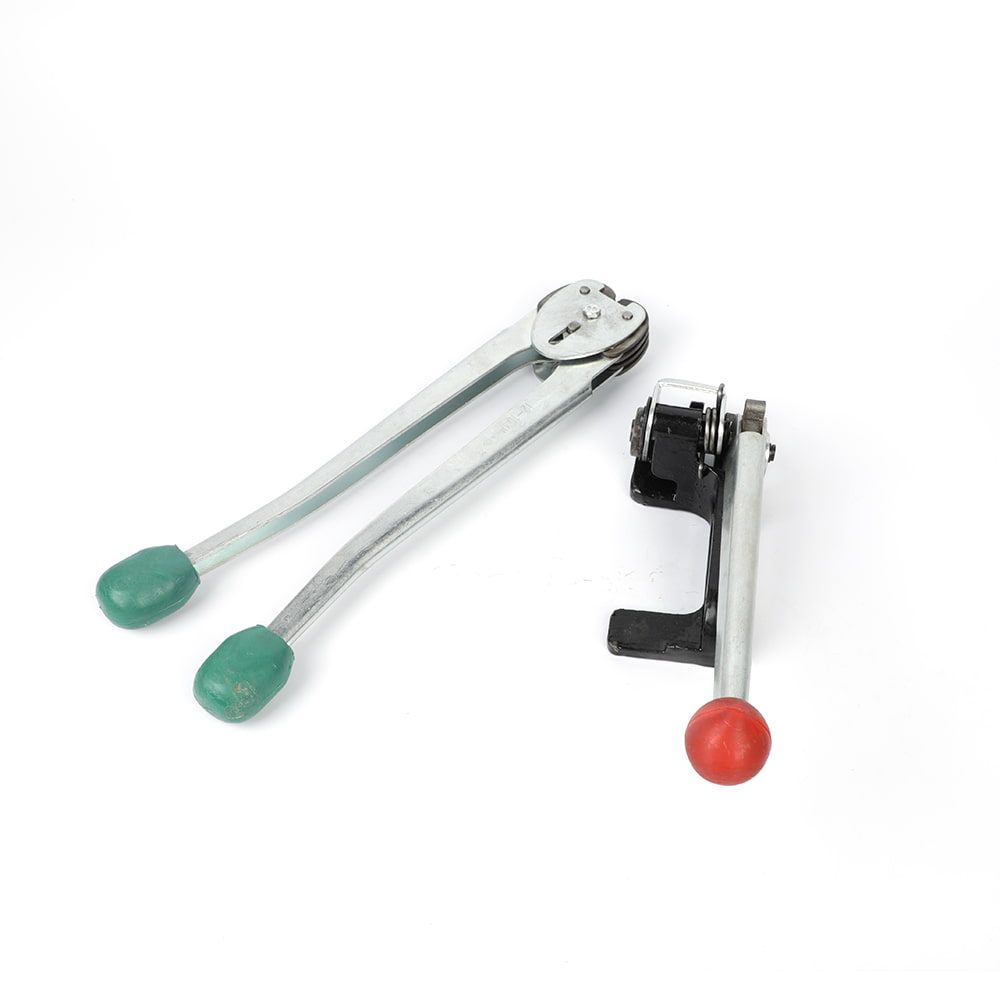Is a Steel Strapping Machine cost-effective?
For businesses regularly securing heavy loads, pallets, coils, or bundles for shipping or storage, the method of strapping is a critical operational decision. Hand-applied steel strapping is labor-intensive and inconsistent, leading many to consider automated steel strapping machines. But the upfront cost naturally raises the question: Is a steel strapping machine truly cost-effective? The answer, like most industrial investments, depends on several key factors analyzed objectively.
Breaking Down the Cost Equation
Evaluating cost-effectiveness requires looking beyond the initial purchase price (CAPEX) and considering the total cost of ownership and operational savings (OPEX):
-
Initial Investment (Machine Cost): This is the most visible cost, ranging significantly based on machine type (semi-automatic vs. automatic), capacity, speed, and features. Entry-level semi-automatic machines start lower, while high-speed fully automatic systems represent a major capital expense.
-
Operating Costs (OPEX Savings):
- Labor Reduction: This is often the most significant saving. Manual strapping is slow and requires considerable physical effort. A machine dramatically increases output per operator, freeing staff for higher-value tasks and reducing the labor cost per strapped unit.
- Strap Savings: Machines apply consistent, optimal tension. Manual application often leads to over-tensioning (wasting strap and potentially damaging goods) or under-tensioning (risking load failure). Precise tension control minimizes strap usage and ensures security.
- Reduced Damage: Properly tensioned and sealed straps applied consistently significantly decrease the risk of load shifting, product damage in transit, and costly returns or claims.
- Improved Efficiency & Throughput: Machines strap bundles faster and more reliably than manual methods, increasing overall line or warehouse productivity and enabling higher volumes without proportional labor increases.
- Reduced Worker Injury Risk: Automating the strenuous tasks of tensioning and sealing reduces strain and potential injuries associated with manual strapping tools.
-
Hidden & Ancillary Costs:
- Maintenance: Regular servicing, parts replacement (like seals and wear parts), and potential repairs are ongoing costs. Higher-quality machines often have lower long-term maintenance costs and better parts availability.
- Training: Operators need proper training for safe and efficient machine use.
- Downtime: Machine reliability is crucial. Frequent breakdowns negate efficiency gains. Factor in the machine's reputation for uptime and service support availability.
- Utilities: Minimal electrical consumption is typically involved.
- Strap Inventory: While potentially saving strap, you need capital allocated to holding strap inventory.
Key Determinants of Cost-Effectiveness
The tipping point where a machine becomes cost-effective hinges on:
- Volume: This is paramount. Low Volume: If you strap only a few bundles per day, the upfront cost and potential underutilization likely won't justify the investment. Manual methods or outsourcing might be more economical. Medium to High Volume: As daily/weekly strapping volume increases, the labor savings and efficiency gains rapidly accelerate the payback period. High-volume operations almost invariably benefit from automation.
- Labor Costs: In regions or industries with high labor costs, the savings from automating strapping become more substantial and faster to realize.
- Load Criticality & Risk: The cost of a single load failure due to inadequate strapping (damaged goods, accidents, customer penalties) can be enormous. Machines provide consistent, reliable tension and sealing, drastically mitigating this risk. If your loads are high-value or failure consequences are severe, the machine acts as valuable insurance.
- Required Consistency & Quality: Industries with strict shipping regulations or quality standards benefit immensely from the repeatable precision of machine-applied strapping versus variable manual application.
- Operational Bottlenecks: If manual strapping is slowing down your production line or shipping dock, a machine can relieve this bottleneck, improving overall workflow efficiency.
Calculating Your Potential Payback
To make an informed decision:
- Quantify Current Costs: Calculate your total current cost per strapped unit. Include:
- Labor time per strap/seal x labor rate.
- Strap consumed per unit.
- Costs associated with damage/returns attributable to strapping failure.
- Costs of manual strapping tools and consumables (seals).
- Estimate Machine-Assisted Costs:
- Machine cost (amortized over expected lifespan, e.g., 5-7 years).
- Estimated labor time per unit with the machine.
- Estimated strap consumption (often lower).
- Estimated maintenance costs (annual average).
- Compare and Project: Calculate the cost per unit with the machine. Compare this to your current cost per unit. Multiply the savings per unit by your annual volume to find total annual savings. Divide the machine cost by the annual savings to estimate the payback period (e.g., Machine Cost / Annual Savings = Payback in Years).

 EN
EN 
 English
English 中文简体
中文简体

